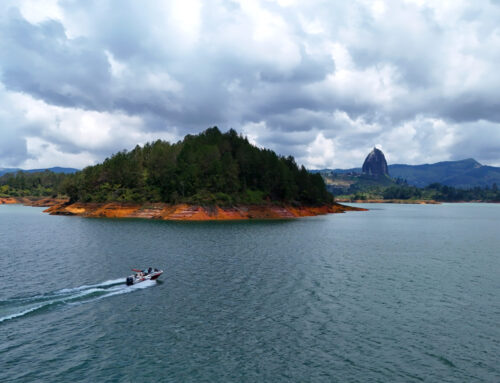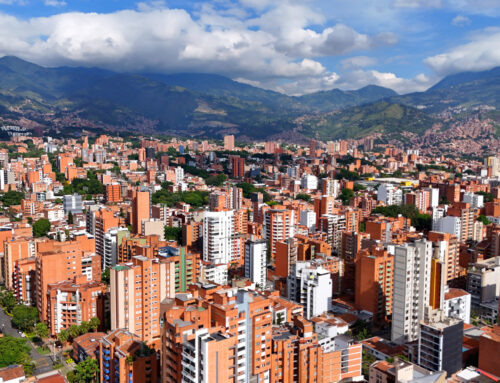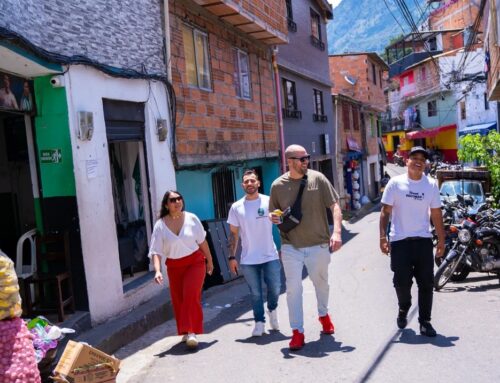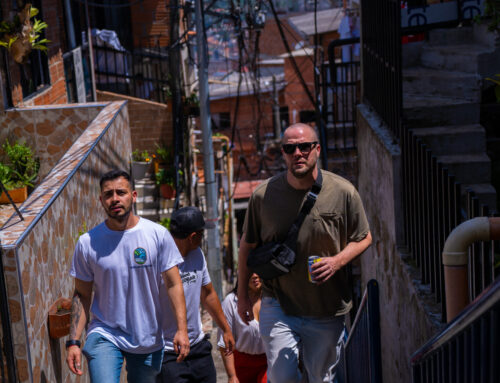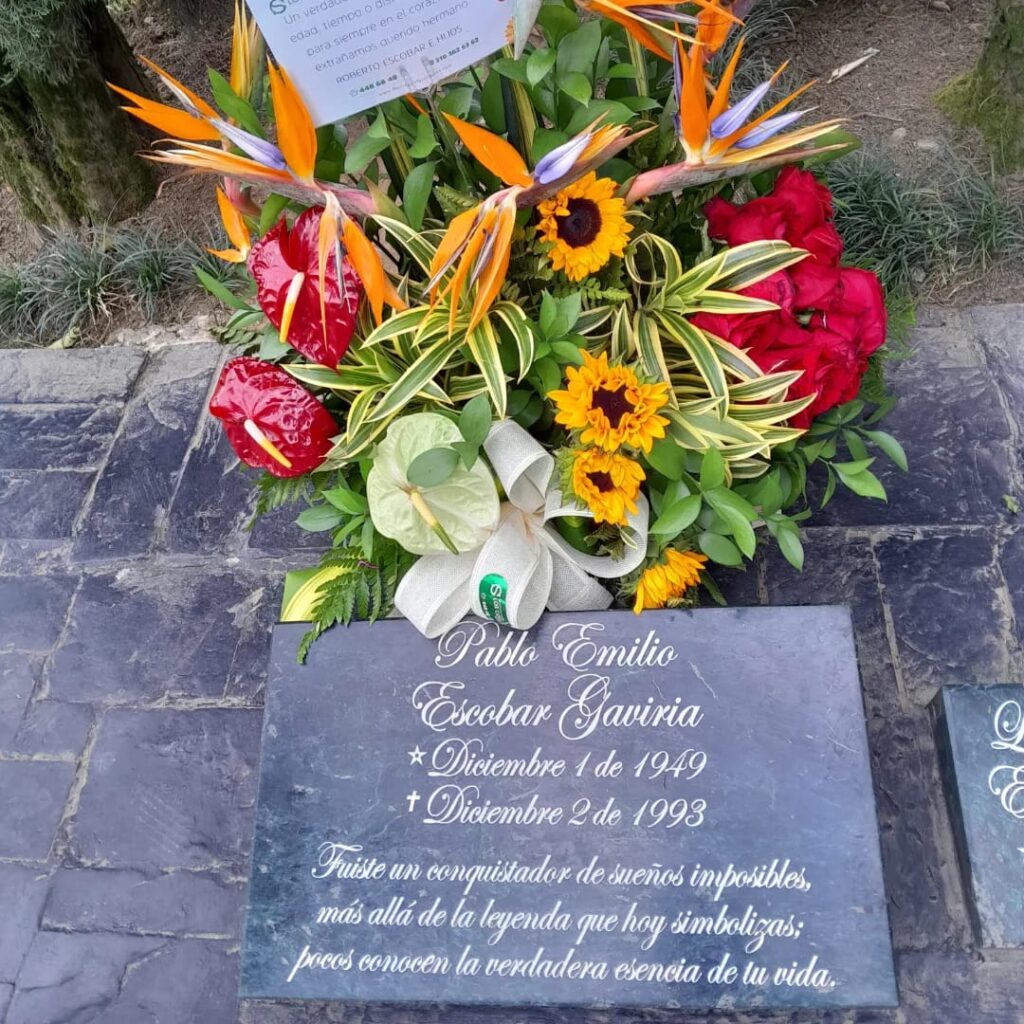
Who was Pablo Escobar?
Pablo Escobar, often dubbed the “King of Cocaine,” was a notorious Colombian drug lord whose life played out like a crime thriller. Born in Rionegro and raised in Medellin, he went from committing petty crimes to orchestrating a global cocaine empire through the Medellín Cartel. Escobar’s operations redefined the international drug trade, making him one of the wealthiest criminals in history.
His Robin Hood persona, coupled with ruthless violence, left a paradoxical legacy in Colombia—he built schools and housing for the poor, yet unleashed a reign of terror that plagued the nation.
Globally, Escobar’s story continues to captivate, serving as a cautionary tale and fodder for countless books, movies, and TV series.
Early life and rise to power
Born in 1949, in Rionegro, Colombia, Escobar had a knack for trouble right from the start. He began his criminal career with small-time hustles like selling contraband cigarettes and forging lottery tickets. But young Pablo had big dreams and an even bigger appetite for risk.
As a teenager, he quickly escalated to grander schemes, including car theft and smuggling. By the 1970s, Escobar found his true calling in the quickly growing cocaine trade. Teaming up with like-minded outlaws, he co-founded the Medellín Cartel, transforming it into a drug trafficking giant. With a mix of charm, strategic bribery, and ruthless violence, Escobar turned the cartel into a cocaine empire that dominated the U.S. market.
His meteoric rise was nothing short of cinematic, filled with daring moves and bloody power plays, making Pablo Escobar a name that struck fear—and a strange sort of admiration—across the globe.
Influence and Reign of Terror
Pablo Escobar wasn’t just rich—he was RICH. His wealth and influence were the stuff of legends, landing him on Forbes’ list of the world’s wealthiest people. In Medellín, he played the part of a benefactor, building homes, schools, and soccer fields for the poor, which earned him the nickname “Robin Hood Paisa.” But don’t let the philanthropy fool you—Escobar’s generosity was a cunning strategy to win public support and cloak his more nefarious activities.
Escobar’s political ambitions saw him briefly serve as an alternate member of the Colombian Congress in the early 1980s, but his criminal empire soon overshadowed his political career. To keep his grip on power and his cocaine empire intact, Escobar unleashed a reign of terror that was as ruthless as it was effective. His infamous “plata o plomo” policy—Money or lead—left politicians, judges, and law enforcement officials with a grim choice. Car bombings, assassinations, and kidnappings became his trademarks, plunging Colombia into chaos.
The bloodshed and violence he orchestrated turned him into a global symbol of narcoterrorism, leaving an indelible mark on Colombia and the world. His story is a stark reminder that behind the facade of wealth and philanthropy, there often lies a far more sinister reality.
Persecution and downfall
Once Escobar’s empire became impossible to ignore, the Colombian government, with a little help from their friends at the DEA, launched an all-out manhunt that has been featured in more than one movie.
His supposed prison, La Catedral, was more like a five-star resort, complete with a soccer field and a nightclub. So when authorities tried to move him to a less luxurious location, Escobar simply walked out the back door, kicking off a nationwide game of cat and mouse.
Despite his knack for slipping through their fingers, the relentless pursuit by the Search Bloc, a special unit of the Colombian National Police, eventually paid off. In December 1993, Escobar’s luck finally ran out on a rooftop in Medellín, where he was killed in a dramatic shootout, bringing his bloody reign to a definitive end.
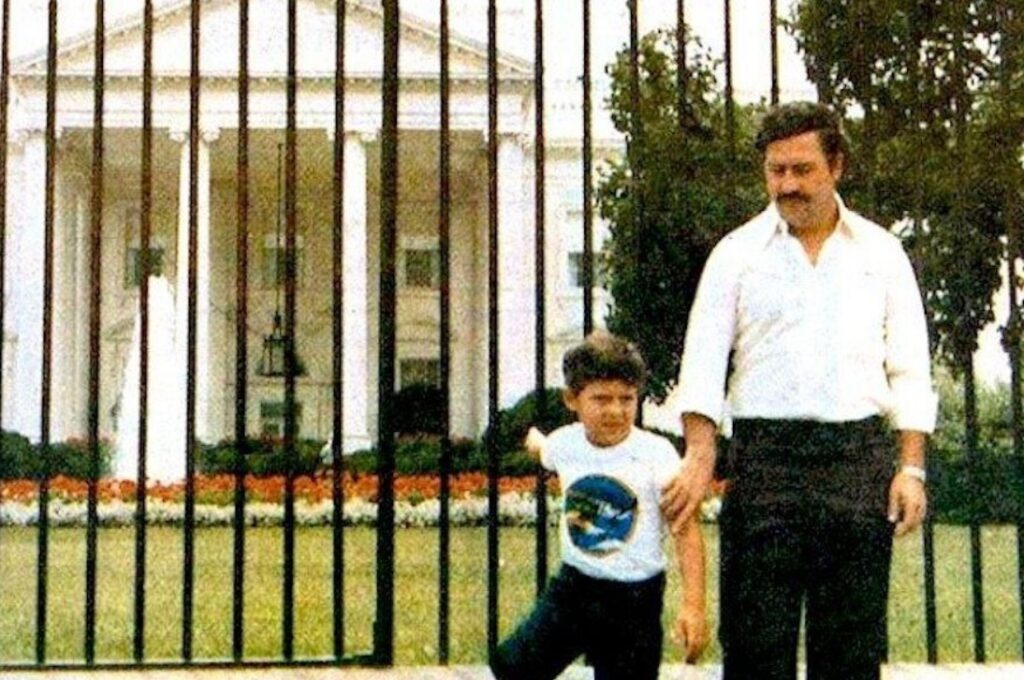
Legacy and Impact
The lasting effects of Escobar’s actions on Colombian society, culture, economy, and media portrayals remain a relevant topic to this day, as well as the ongoing controversies surrounding his legacy.
Pablo Escobar’s shadow looms large over Colombia even decades after his death. His violent tactics and the chaos he unleashed left deep scars on the nation’s psyche. The Medellín Cartel’s ruthless business practices wreaked havoc on Colombia’s economy and tarnished its international reputation.
Yet, Escobar became a cultural icon. His life has been immortalized in countless books, movies, and TV shows, painting him as both a villain and a folk hero. This duality continues to spark debate: as some remember him for his charitable acts and the way he stood up to the establishment, while others can’t forget the terror and destruction he brought onto the country.
The Rising Popularity of Pablo Escobar Tours
In a twist of dark tourism, Pablo Escobar tours have become a booming business in Medellín, attracting curious travelers from around the globe.
These tours take visitors to key sites like La Catedral (his luxury prison), the Monaco building (his bombed-out mansion), and his final rooftop hideout, offering a gripping narrative of Escobar’s life and times.
While some criticize these tours for potentially glamorizing a notorious criminal, they also serve an important educational purpose. Tour guides provide context about the socio-political climate of the time, the impact of the drug trade on Colombia, and the efforts to rebuild and move forward.
Economically, these tours are a significant boom for Medellín, drawing tourists and their wallets to the city and helping to support local businesses. Additionally, they offer a form of reconciliation, allowing Colombians to tell their own stories and share their perspectives with the world.
Many tour operators emphasize the importance of remembering the past to avoid repeating its mistakes, ensuring that visitors leave with a deeper understanding of both Escobar’s impact and Colombia’s resilience.
By blending history with responsible storytelling, Pablo Escobar tours have become an integral part of Medellín’s tourism landscape, highlighting both the challenges and triumphs of a city that has transformed itself dramatically over the past few decades.

